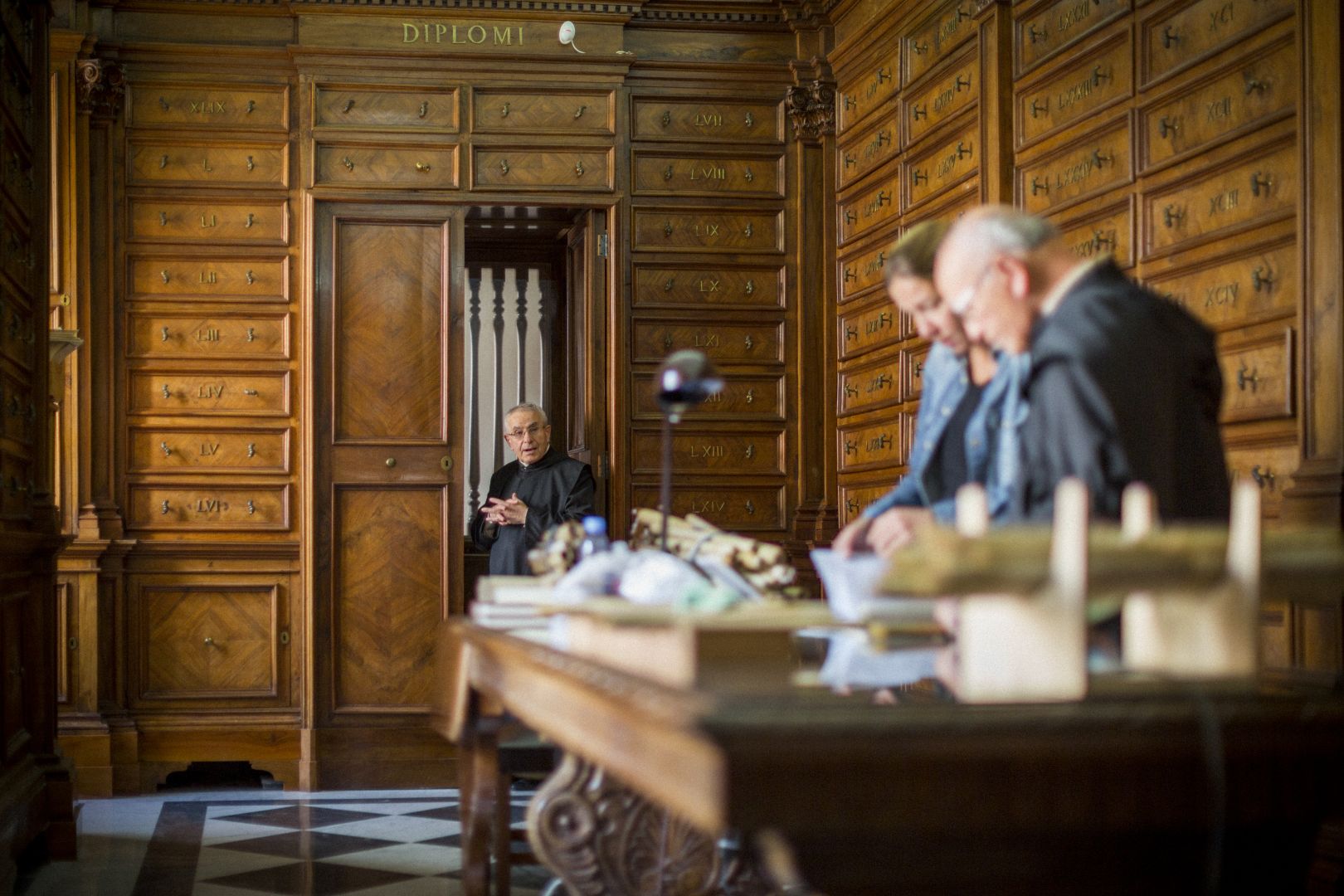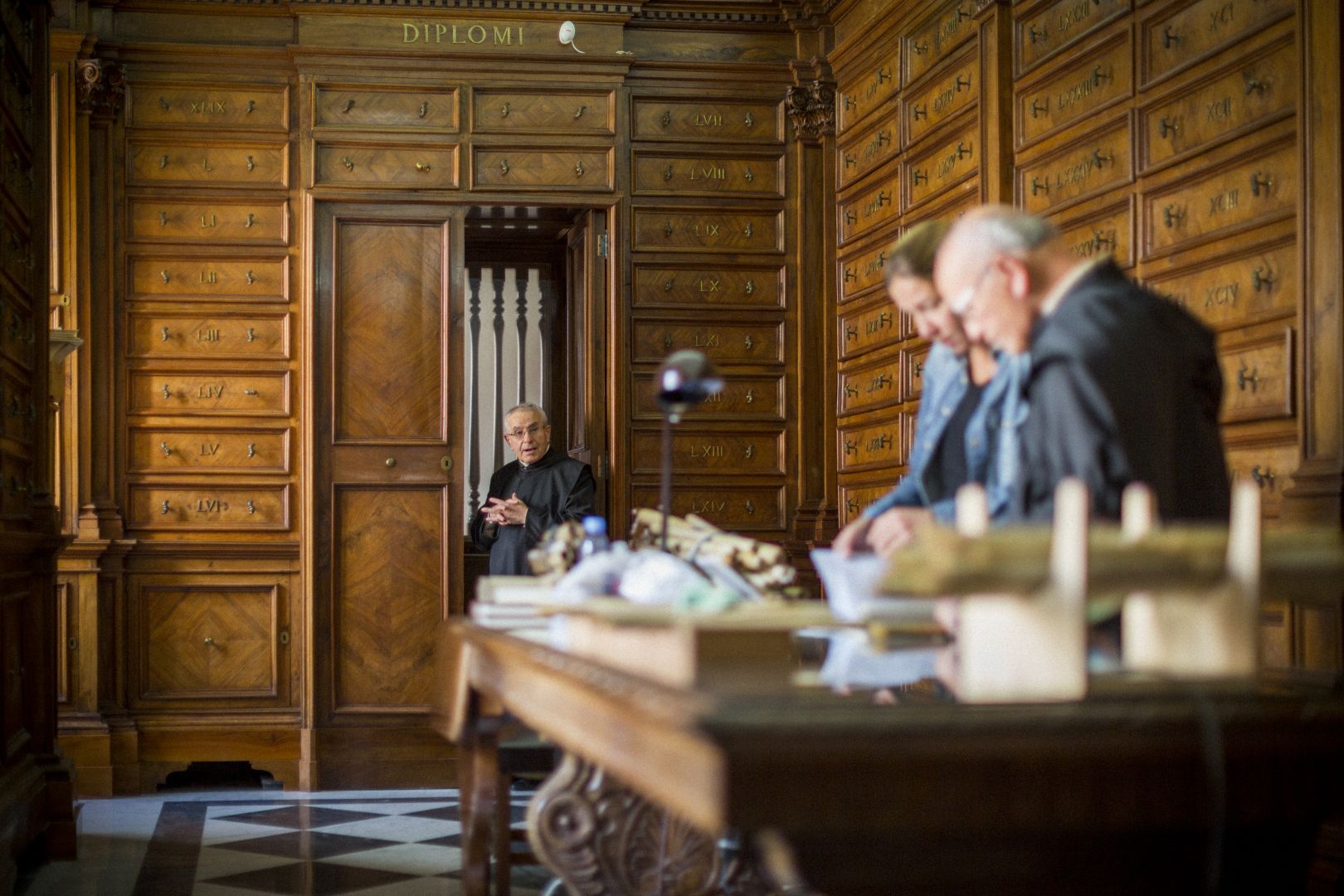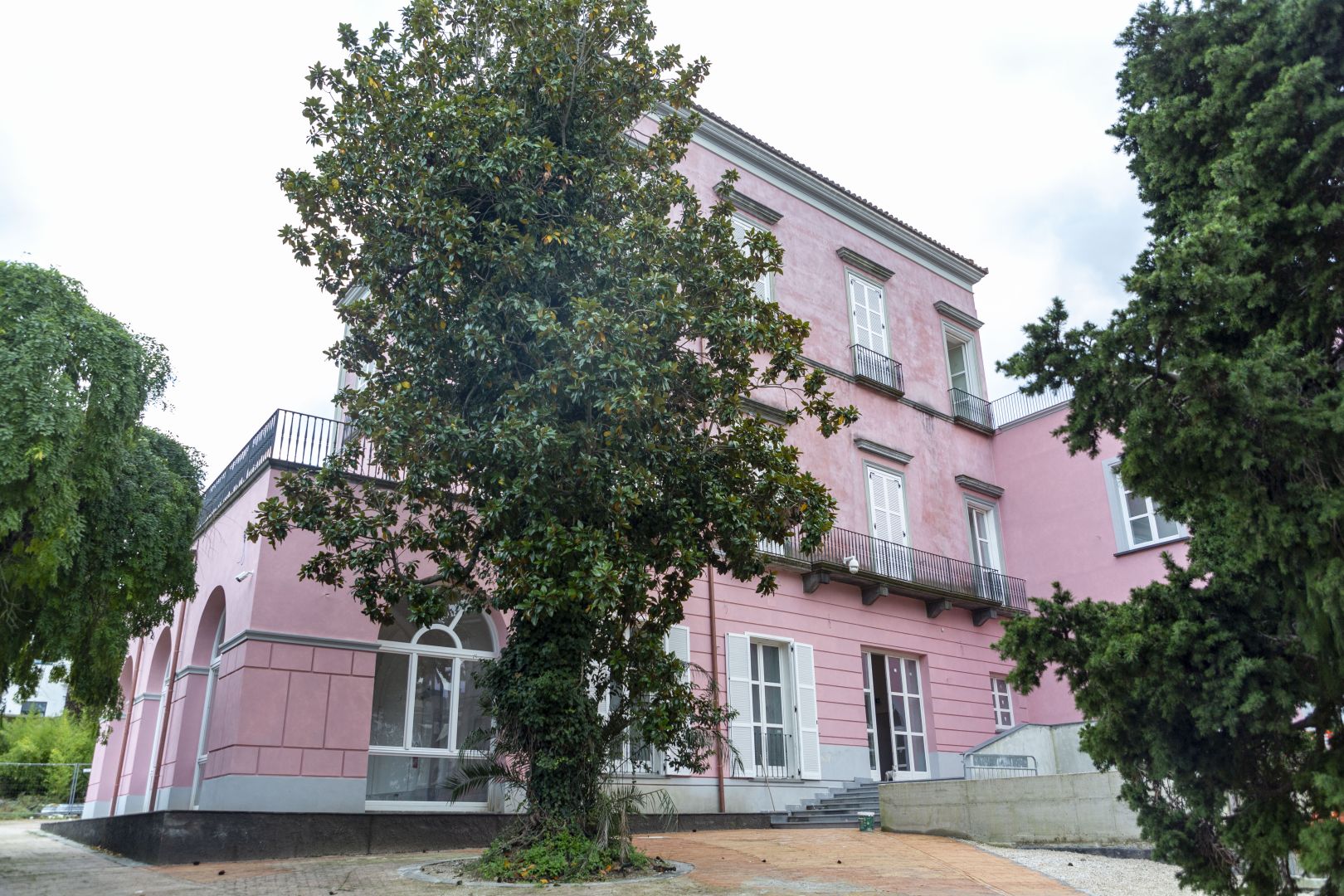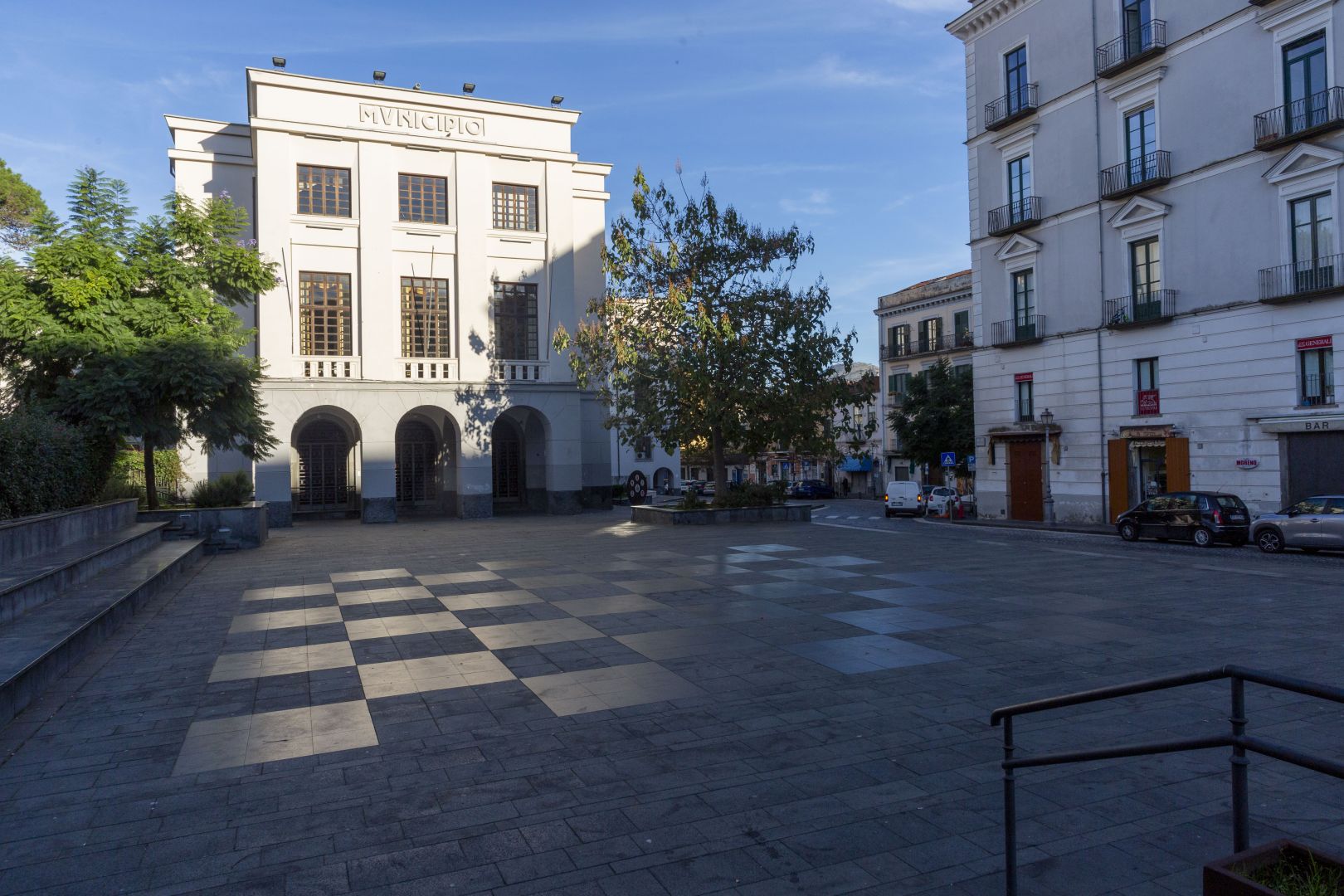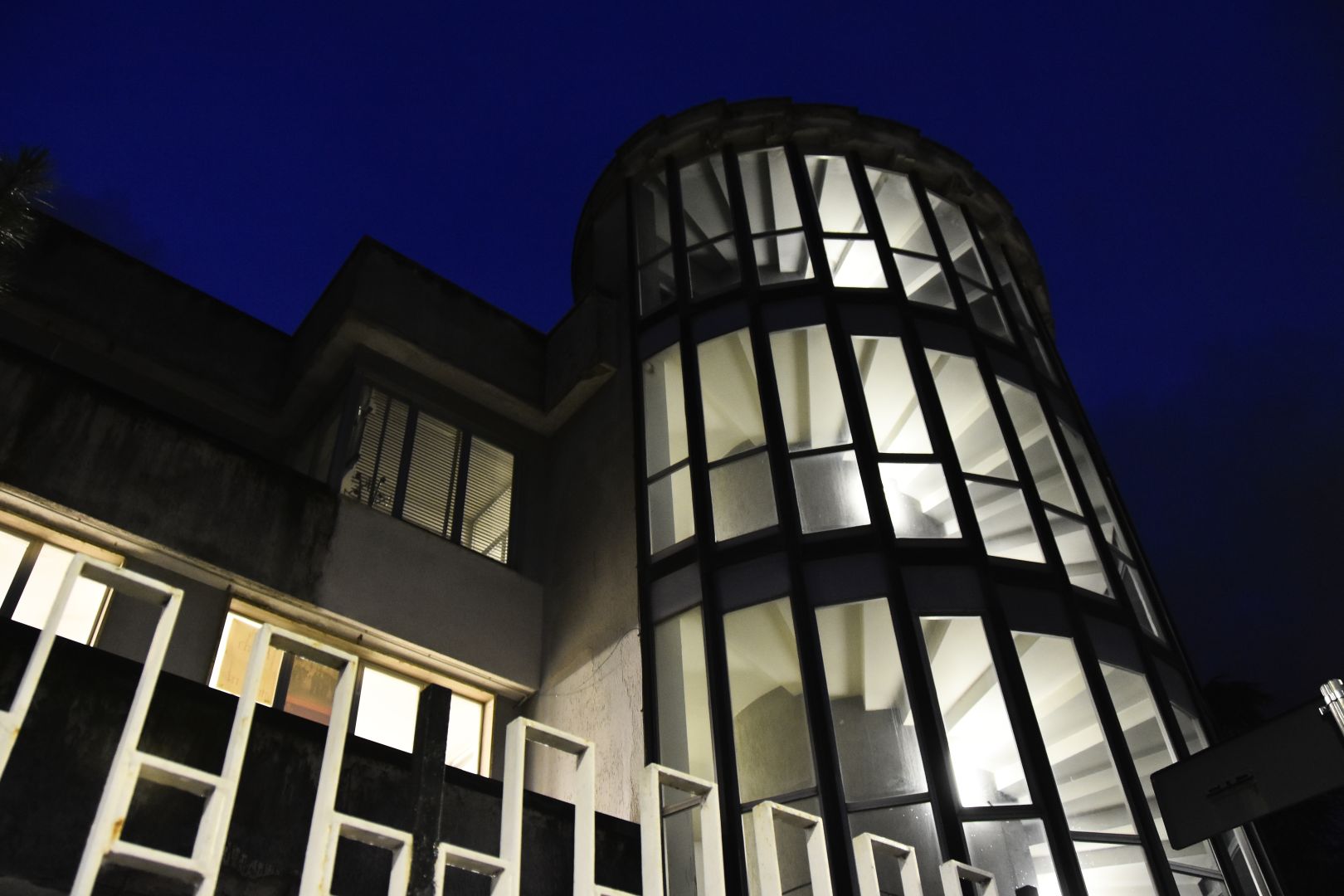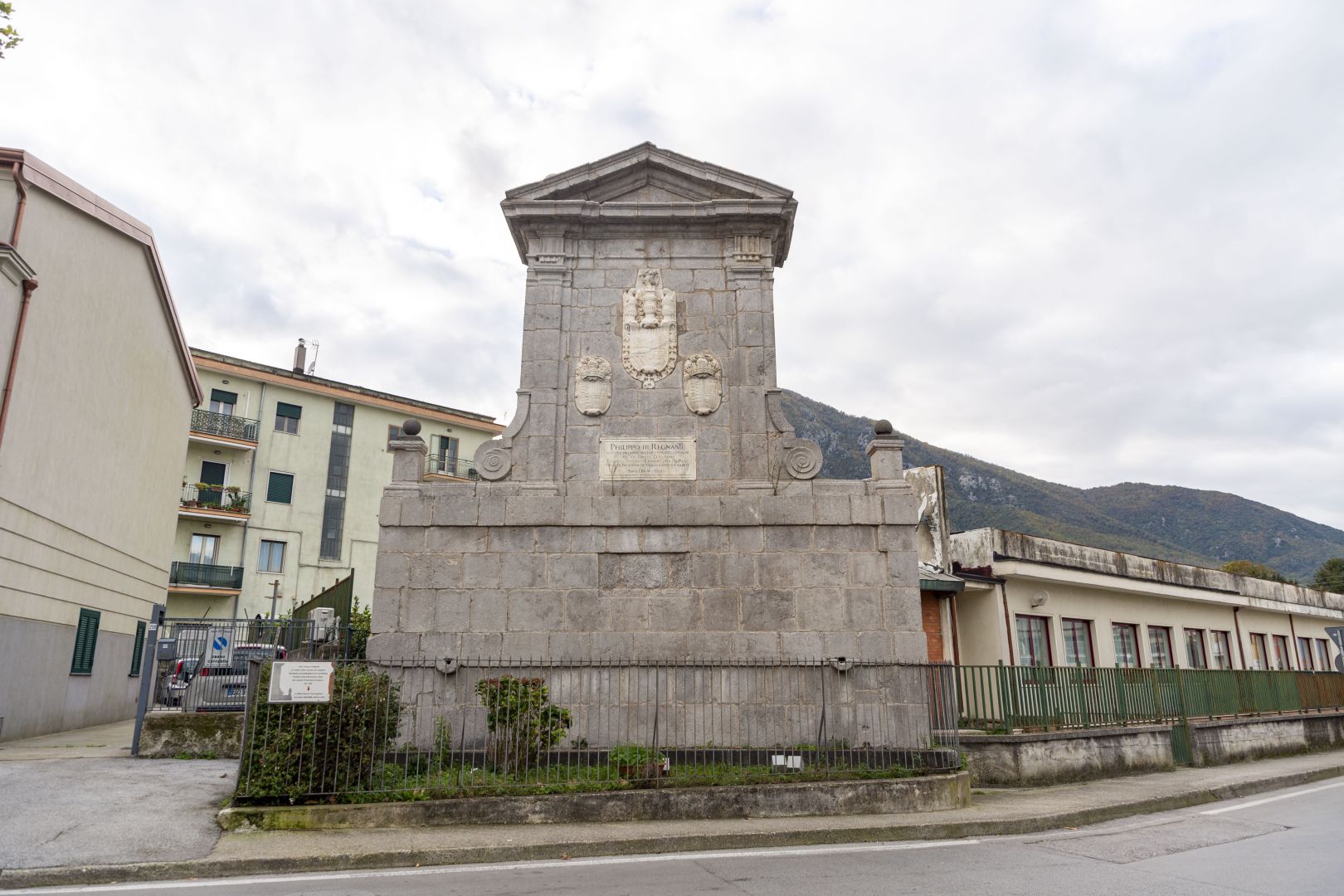Utilizziamo i cookies per offrirti la migliore esperienza sul nostro sito. Continuando a navigare, accetti l'utilizzo dei cookies.
Badia di Cava National Monument Library
- Patrimonio architettonico
- Abbazia della Santissima Trinità, Via Raffaele Luciano, Corpo di Cava, Cava de' Tirreni, Salerno, Campania, 84019, Italia
The State Library of the National Monument of the Badia di Cava, in Salerno, is part of the libraries attached to the National Monuments. Dependent on the Ministry for Cultural Heritage and Activities, it follows the Regulation on state public libraries (Presidential Decree 417/1995) with its own internal regulations. With a rich collection of codes, manuscripts, parchments and documents, its historical collection ranges from the 15th to the 19th century. In 2010, the book heritage exceeded 82,400 volumes, including periodicals. The library is located in the Abbey of SS. Trinità di Cava, with single entrance.
Description
The library of the Badia di Cava has ancient origins, dating back to the 11th century, initially conceived to provide books to monks following the Rule of San Benedetto. In addition to being a place of conservation, Cava housed a Scriptorium, contributing to the production of books essential for monastic training. In the 14th century, the library grew significantly, with mentions of acquisitions such as the Bible and the Speculum historiale of Vincent of Beauvais. However, the dispersion of books probably occurred during the era of the commendation (1431-1497), perhaps caused by commendatory cardinals or the precarious situation of the monks.
Despite the losses, some monks, such as those of San Giustina, demonstrated a strong commitment to preserving the library. Nefarious events, such as the collapse of 1796, seriously damaged the collection. In the 19th century, the suppressions of the religious orders affected the abbey in 1807 and 1866, but the abbots remained responsible for the library, which became a National Monument.
The increase in the library favors monastic disciplines such as patristics (the study of the doctrine of the Church Fathers) and theology. Important donations, such as those from Giovanni Abignente, Giovanni Bassanelli and Amalia Santoli, enriched the book heritage. The library boasts 65 parchment manuscripts, approximately 100 paper manuscripts, 120 incunabula and over 5000 editions of the 19th century. XVI-XVIII, totaling approximately 80,000 printed works. Among the treasures, the Visigothic Bible from the 9th century, the Codex legum Langobardorum from the 11th century, the Etymologiae of Isidore from the 8th century and the De septem sigillis by Benedict of Bari from the 12th century stand out. The careful management by the monks has guaranteed the continuity of the library over the centuries, consolidating it as a precious National Monument.
Reviews
Login to write a reviewThere are no reviews yet
